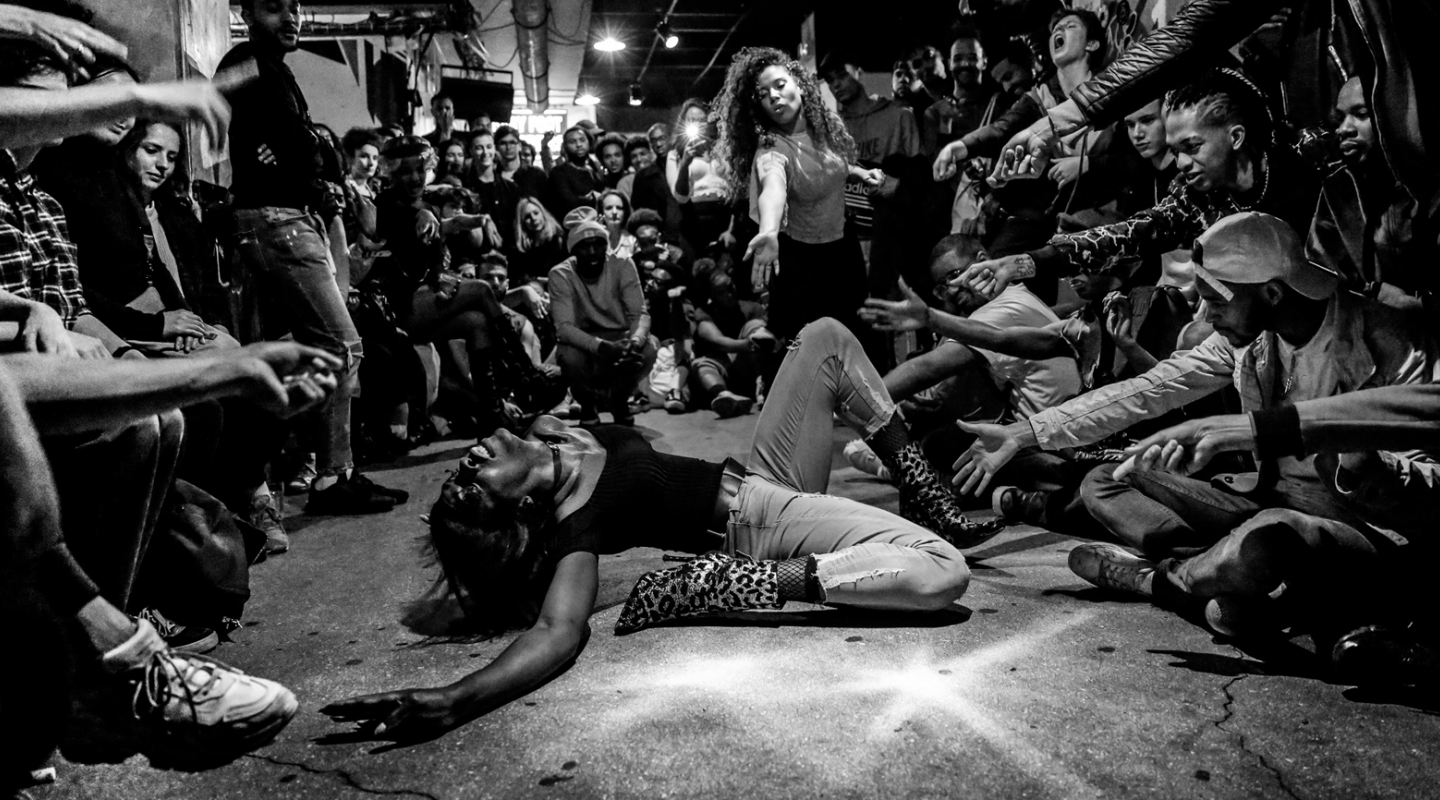By Socratis Santik Oglou,
Most of the time, people believe that queer people had no culture or existed in the past. But in fact, all of these people and this culture were either not talked about or the people, members of it, closeted and unable to speak. In the last centuries, historians discovered the world of saloons, cabarets, rent parties, and drag balls, where the LGBTQIAP+ people were not only visible but openly celebrated as well. New York City had some of the most prominent residential enclaves for these communities, with Harlem being the one area that had the most impact on the community.
To start with, in Harlem, regular drag balls were hosted during the post-Civil War era, with contestants formed under all the gender and ethnicity umbrella, with some women dressed in men’s attire, but the major draw was to show off their gowns and bodies to the jury in a traditional pageant style. These balls grew in popularity over time, but due to a bad reputation at the time. Later on, drag balls were regarded as illegal and socially unacceptable by the outside world by the early 20th century. As a result, the competitions were staged in secret, which further increased their popularity. In the 1800s, just a few daring individuals attended drag balls, but by the 1930s, it was attended by a lot of people.

During the 1970s, a subculture of Black and Latinx gay, transgender, and queer people emerged in the United States. They could be their true selves and express themselves freely without fear of being judged by society. Drag pageants began to take shape, with competitions embracing a wide range of categories, including “vogue” balls. These events all happened in the late 1800s.
Now onto the dance. Voguing could be described, shortly as a dance where the participants strike poses in a campy way of imitation of fashion models, with influences from the African American culture and from other dance genres. Over the years, the dance changed vibes, from the Old Way, which emphasized solid lines, symmetry, and sharp angles, to the New Way back to the 1980s, with the late one, emphasizing fluidity through the categories, and flexibility, while it added to the “dance dictionary” moves like the duckwalk, the catwalk, the dips and more. Nowadays, it is about rigid movements and more freedom, while the femme vogue emphasizes the dramatics of a more feminine side.
A vital part of the voguing culture is the Houses. Most of the time, the houses were named after famous fashion brands like Balenciaga, Gucci, and Mugler, with the members of the house family having as the last name the name of the house (for example, Cesar Valentino, Asia Balenciaga, Tamiyah Mugler, and more to name).
The houses were hosted by a “mother” or a “father”. These two, most of the time were personas in the ballroom scenery, that had experience, and won categories, trophies, and pageants. These figures actually acted as a real mother or father for the parts of the house family, that most of the time were socially marginalized, either cause of their gender, sexuality, or race for instance, and provided a safe environment for them, back in the queer community in the 1980s in New York.

Voguing nowadays became more mainstream with its visibility on various media, even before the 2000s. For example, in the 1990s, Madonna released her music video clip “Vogue”, as a tribute to the ballroom culture. Moreover, the video clip star first class voguers such as José Gutierez Xtravaganza and Luis Camacho Xtravaganza. Although the release brought back to the stage voguing, Madonna was criticized for cultural appropriation, for a culture she had no part in, turning heritage into a trendy fad.
The well-known documentary Paris is Burning (1990), took the viewers straight into the backstage ballroom scene. Jennie Livingston literally filmed the events that followed the emergence of voguing in the West Village in New York City. This film is known to the queer community as part of the culture. But, although Livingston’s work, she was accused too for allowing appropriation of the queer culture by depicting ball houses. But at the same time, most of the people that took place in the film found it very well done.

Last but not least, voguing gained popularity through TV series such as RuPaul’s Drag Race, which premiered in 2009, or America’s Best Dance Crew, back in 2009, in the MTV series that featured the transgender persona, Leiomy Maldonado, bringing back the essence of ballroom and voguing culture back to the pop culture.
All in all, after this small intro to the culture, most would agree that the power of voguing lies in its ability to remain original to its roots while creating new styles and moves that align with contemporary society. What started back in Harlem is now a global dance style and a crucial part of the black, Latino, and queer people’s culture. Voguing, from its beginning to now, is about the freedom to express oneself, tell your story through performance, and make everyone feel celebrated and accepted.
References
- How the 19th Century Drag Balls Evolved into House Balls, Birthplace of Voguing, History.com, Available here
- What is voguing, and why is it an important part of queer identity?, Vogue.in, Available here
- How the LGBTQ community created voguing, Vox.com, Available here




